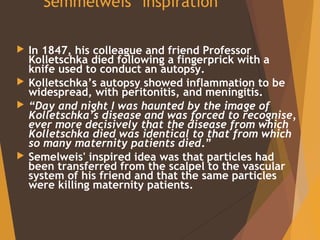Here are some ways to protect against random error in epidemiological studies:
- Increase sample size. Larger sample sizes reduce the impact of random variation between samples and populations.
- Use random selection. Randomly selecting subjects from the target population helps ensure the sample is representative.
- Use random assignment. Randomly assigning exposures helps distribute potential confounding factors evenly between exposure groups.
- Replicate findings. Conducting multiple studies on the same question helps determine if findings are consistent or due to chance. Inconsistent findings may indicate random error.
- Consider direction and magnitude of effects. Large or dose-response effects are less likely due to chance alone.
- Use appropriate statistical tests. Tests like chi-





































































